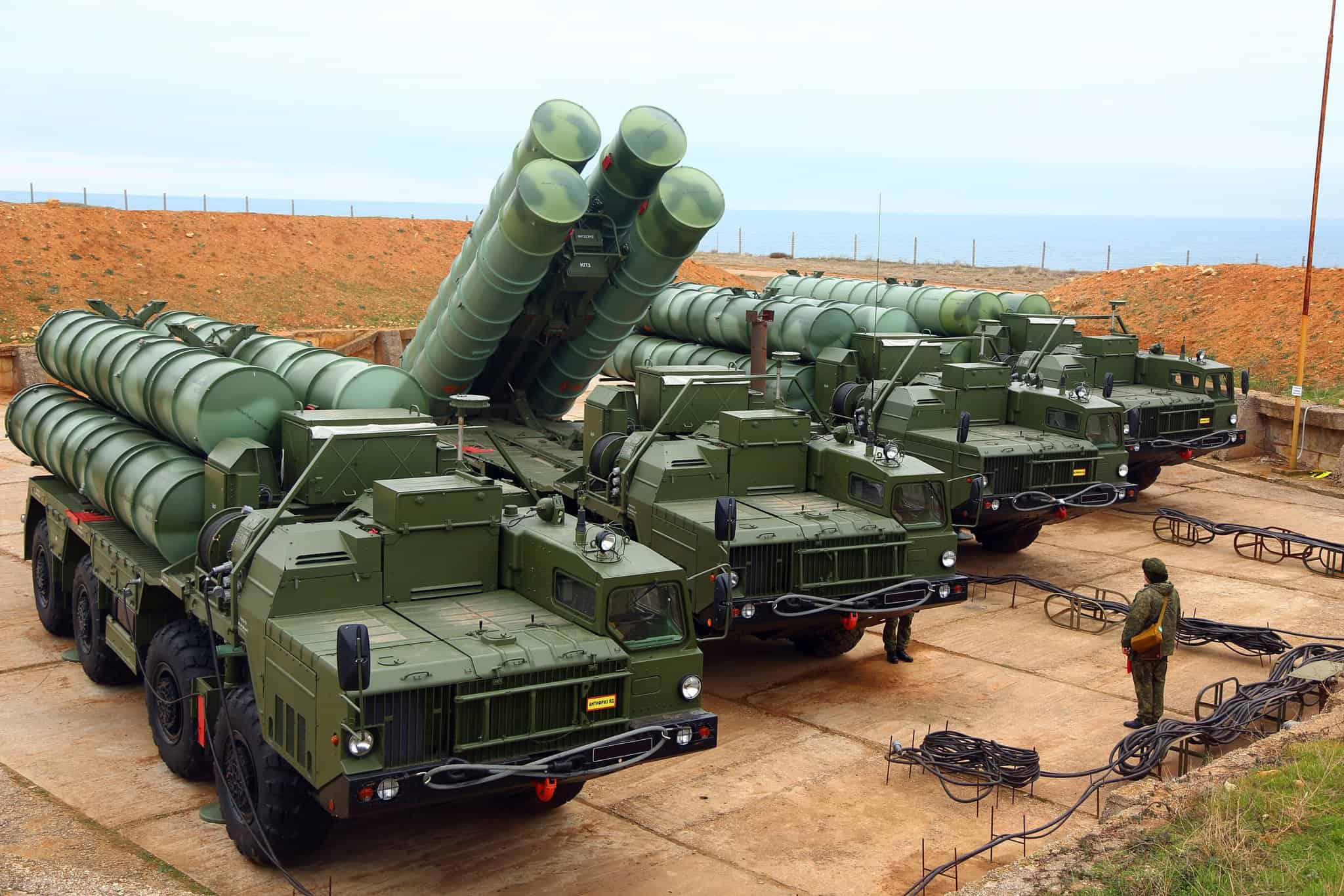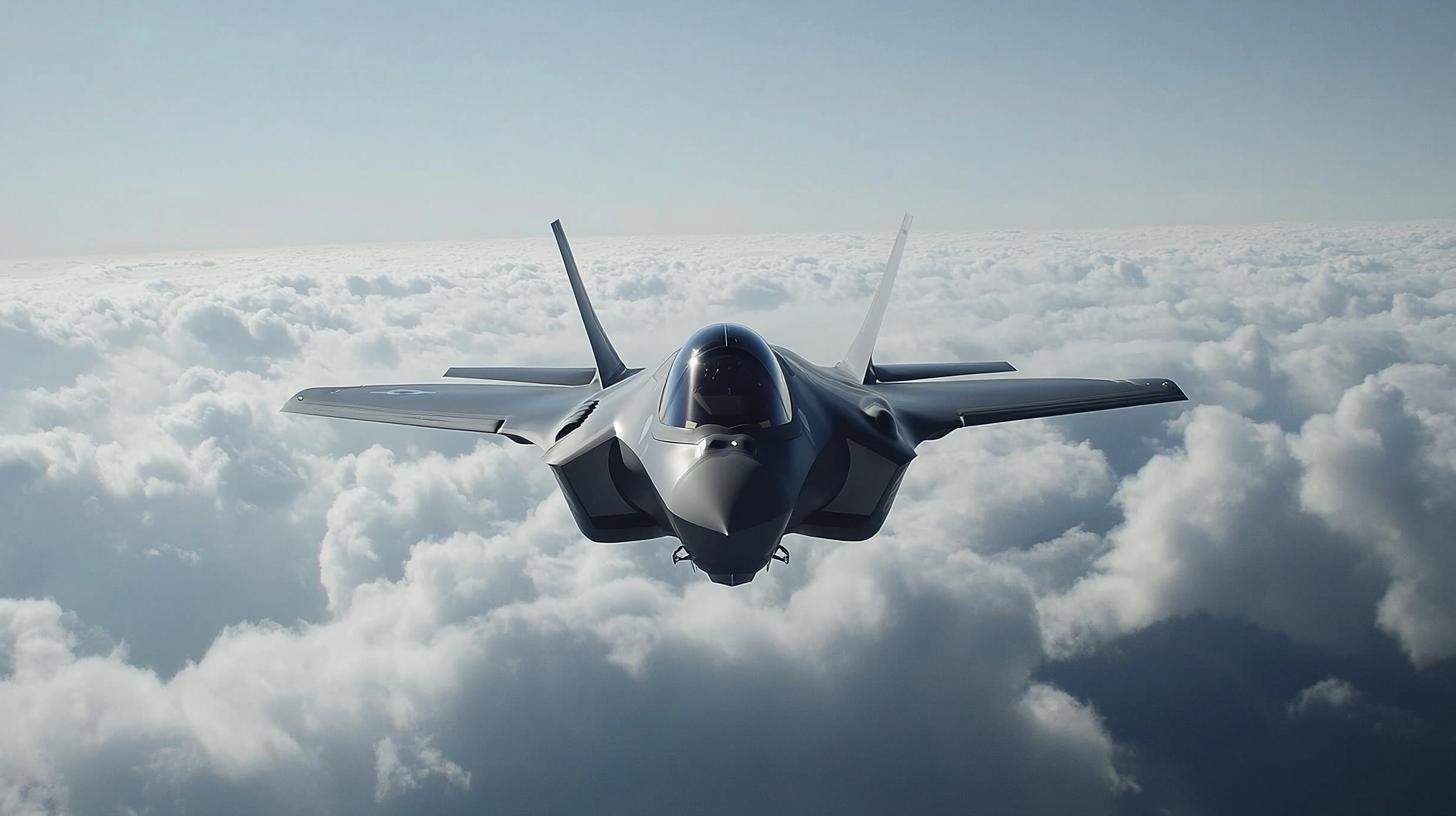Reports indicate that a Ukrainian F-16 may have successfully downed a Russian Su-34, a claim circulating on social media platforms. A user shared a screenshot from a Telegram chat that included this assertion, adding to the discourse surrounding ongoing military engagements.
In a visual statement, another Telegram account showcased a poignant image of the Su-34 alongside a reflective caption about the connection between earth and sky. At this stage, there have been no confirmations from either the Ukrainian or Russian defense officials regarding this incident, leaving many details unverified.
The F-16s deployed by Ukraine are the Block 20 variant, enhanced to align with NATO standards. These aircraft are armed with sophisticated avionics and advanced radar systems, granting them superior detection capabilities. Equipped with powerful Pratt & Whitney engines, these fighter jets exhibit remarkable agility and can deploy various missiles, including the versatile AIM-120 AMRAAM and the AIM-9 Sidewinder.
Contrastingly, the Russian Su-34 serves as a formidable multi-role fighter-bomber, capable of executing precision strikes and equipped with an extensive arsenal, including advanced air-to-ground munitions. The aircraft’s design allows it to effectively navigate and engage in complex combat scenarios.
Amidst these developments, Ukraine recently reported a downed F-16 during a combat mission, attributed tentatively to technical issues rather than hostile enemy actions. Investigations are currently underway to unravel the exact circumstances surrounding this incident.
The Impact of Military Engagements on Lives and Communities
The ongoing military conflict between Ukraine and Russia has profound implications not just for the nations directly involved, but for communities, economies, and individuals across the globe. The recent reports of military engagements involving advanced fighter jets such as the Ukrainian F-16 and the Russian Su-34 highlight the evolving nature of warfare and its far-reaching effects on society.
Human Cost of Conflict
The human cost of war is immeasurable. Civilian populations bear the brunt of military actions, often facing displacement, loss of livelihood, and psychological trauma. Over the past year, millions of people have been forced to flee their homes in Ukraine, seeking refuge in neighboring countries and Europe. As of 2023, the UN estimates that over 8 million Ukrainians have been displaced internally, with approximately 7.9 million seeking asylum abroad. This displacement disrupts families and communities, leading to a generation of children who grow up amidst uncertainty and fear.
Economic Ramifications
The economic consequences of these military engagements extend beyond the battlefield. Countries involved in the conflict experience severe strains on their economies. Ukraine’s infrastructure has been devastated, impairing sectors like agriculture and manufacturing that are vital to its economy. Conversely, increased military spending leads nations to divert funds from social programs, impacting health care, education, and welfare services.
In the background, the global economy also feels the fallout. As evidenced by spikes in energy prices and supply chain disruptions, the war has implications for nations worldwide. This has led to inflationary pressures in various countries, straining household budgets and challenging economic stability.
International Relations and Controversies
The military engagements also result in complicated international relations. The presence of NATO-aligned countries in the conflict through arms supplies to Ukraine has sparked fierce debates about military intervention and sovereignty. Accusations of escalating the war arise when NATO reforms and deployments are discussed, raising questions about the balance between supporting an ally and provoking further conflict.
Moreover, the debate around the deployment of advanced military technology, like the F-16s, brings forth discussions about the ethics of modern warfare. These sophisticated systems represent both a tactical advantage and a controversial escalation in military capabilities. As nations invest in advanced weaponry, questions arise regarding the potential for increased civilian casualties and the long-term impact on global peace and security.
The Role of Social Media in Narratives
Social media plays a significant role in shaping public perception and discourse around military operations. Platforms like Telegram have become vital for disseminating information and misinformation alike. The recent claim of a Ukrainian F-16 shooting down a Russian Su-34 illustrates the rapid spread of narrative that can influence morale and public sentiment. However, the lack of verified information can lead to false conclusions and panic, complicating the already intricate situation on the ground.
Looking Ahead
The conflict highlights the necessity for global cooperation and dialogue to prevent further escalation and address humanitarian needs. The stories of those affected by the conflict call on the international community to take action toward resolving disputes diplomatically rather than militarily. Resilience among communities affected by conflict is as essential as ever; initiatives to provide aid and support for displaced populations are crucial in fostering recovery and rebuilding futures.
As we continue to monitor the situation, it is imperative to remain informed and engaged with the realities faced by those living in war-torn regions. For more in-depth information on the socio-economic impacts of military conflicts, visit the United Nations for resources and reports.
In a world where the ripple effects of war are felt far beyond the combat zones, understanding the profound consequences of military engagements is vital. It reminds us of our shared humanity and the importance of advocating for peace.
The article has been updated: 2024-11-03 01:38
Here are some suggested related links:
1. BBC News – Trusted source for international news coverage, including updates on the conflict in Ukraine and military engagements.
2. Reuters – Provides breaking news and in-depth analysis of current events, including the latest on Ukrainian military operations.
3. The Guardian – Features comprehensive reporting and commentary on geopolitical issues, including the situation in Ukraine and air combat.
4. CNN – A major news network that covers global events, including the latest developments in Ukraine’s aerial combat situations.
5. Al Jazeera – Offers news reports and insights from various perspectives, focusing on the conflict between Ukraine and Russia, including military strategies.
6. Defense News – Specialized news outlet covering military affairs, defense technologies, and air combat tactics relevant to the Ukrainian conflict.
7. Military.com – Provides news, resources, and analysis on military matters, featuring articles about Ukrainian fighter jets and aerial strategies.
8. Forbes – Business and finance site that reports on the economic implications of military conflicts and air engagements in Ukraine.
9. The Washington Post – Renowned for its comprehensive political reporting and analysis, including coverage of the Ukraine conflict and aerial combat scenarios.
10. Bloomberg – Focuses on business and financial news with insights on how the conflict in Ukraine affects global markets and defense expenditures.
The article has been updated: 2024-11-06 01:32
What recent developments have occurred regarding Ukrainian fighter jets and their engagement in aerial combat?
Ukrainian fighter jets have recently been reported to actively engage in aerial combat as part of the ongoing conflict in the region. These engagements indicate an escalation of military activities and highlight Ukraine’s continued efforts to defend its airspace against adversarial forces. Ukrainian pilots have demonstrated increased operational capability, utilizing both ground-attack and air-to-air combat tactics to confront threats. This development underscores the significance of air power in the current conflict and the strategic importance of maintaining control over the skies.
















